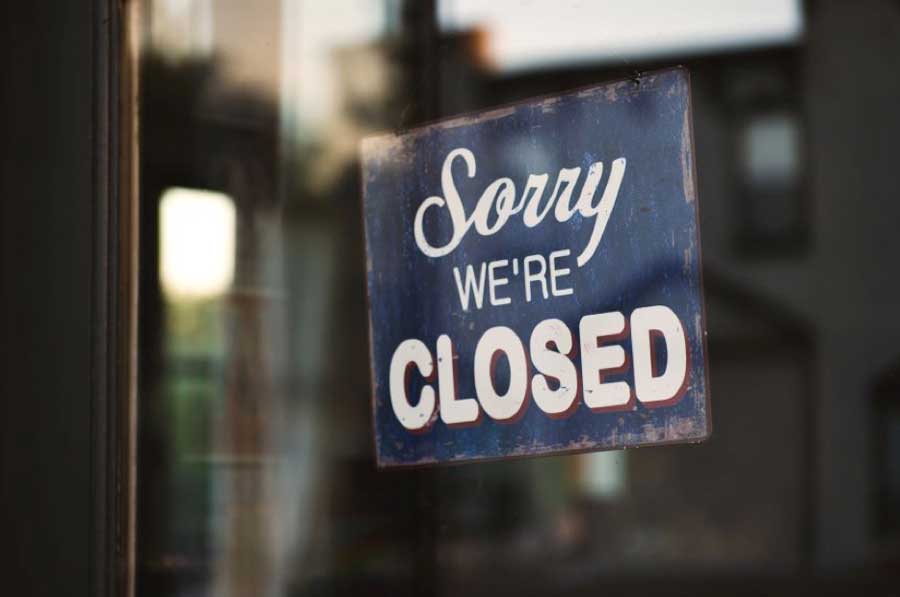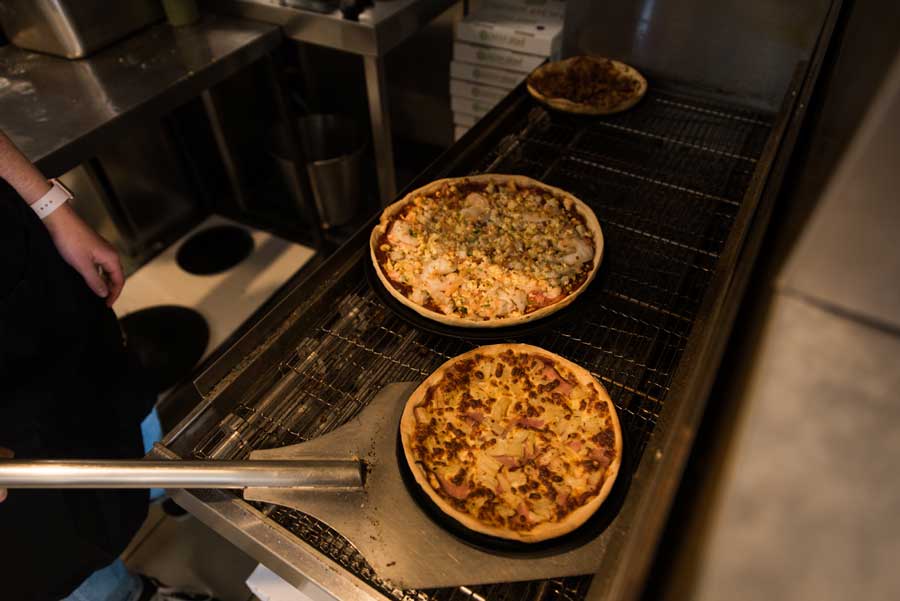
Running a restaurant is tough enough under the best of conditions.
Thin profit margins, high staff turnover, and changing customer preferences all contribute to the roughly 60% of restaurants that fail in their first 12 months.
Add a global pandemic and Australian restaurants are facing even more pressure to survive.
Despite the unprecedented effects of COVID-19 throughout 2020, the news coming out of the hospitality sector isn’t all bad. It’s true job losses and business closures have been seen, but there has also been positive changes in the way restaurants operate, and the way patrons view and engage with their favourite eateries.
Restaurants able to plan ahead and meet the conditions of this “new normal” will be best suited to survive the coronavirus pandemic, and come out the other side with new strategies to keep serving their food to hungry customers.
Here’s how COVID-19 has changed the hospitality landscape - and how you can use this to your advantage as a customer.
Delivery as a necessity

Food delivery isn’t a recent trend, but the impact of the coronavirus means all restaurants have been forced to assess their own delivery methods and strategies.
Delivery has traditionally been a customer retention strategy, rather than an outright profit maker, with dine-in customers making up the bulk of many Australian restaurant’s income. But while hungry customers were forced to stay at home, delivery became a crucial tool for restaurants looking to maintain a sense of ‘business as usual’ with their customers.
Regardless of COVID-19, the restaurant industry is unlikely to return to the old “normal” once crowds are allowed back in restaurants in pre-COVID numbers - meaning delivery will become an expected service from customers even when the pandemic ends.
There is already a network of delivery apps that restaurants can partner with, but with well-known services like Menulog, Uber Eats, and DoorDash charging restaurants 35%, restaurants will need to determine if they want to work with major delivery apps, find alternate delivery apps more suited to their needs, or develop their own delivery service.
Food on demand
You’ve probably used Uber Eats or Menulog already to order food on those days when you’re just not in the mood to cook (don’t worry, we’ve all been there). But with COVID-19 keeping people at home, and forcing restaurants to limit their output to takeaway only at times, food delivery has exploded.
Meal delivery services had doubled in the 18 months leading up to 2020 - and that’s before COVID-19 kept everyone home and hungry to order food to their door!
As a result, mobile app orders have increased as people jump on their smartphones to search for, and order from, their favourite restaurants and bars. At face value this seems like an overwhelming positive for customers who can browse the menu and order their favourite meal from the comfort and safety of their own home.
For restaurants though this benefits may be even greater. Mobile food delivery may allow for higher margins with less overheads compared to dining-in, while each new customer provides valuable data that restaurants can use to deliver a better, more personalised service.
The power of pizza
Everyone loves pizza, right?
Well thanks to COVID-19 the pizza industry has been the culinary choice for even more people than before.
The Australian restaurant industry was devastated by lockdowns and closures during the early months of the pandemic, but certain restaurants have been more favoured by returning customers than others.
Pizza is an affordable meal option, helping customers enjoy takeaway meals without putting pressure on their weekly budget. And since there are minimal barriers to making a pizza - from creation to the oven and into a delivery driver’s hands - there’s a quick and easy journey from restaurant to door.
Who knew the humble pizza would help us all get through lockdowns?
Putting customer needs first

Restaurants weren’t the only sector to suffer as a result of COVID-19.
It’s likely you, or someone you know, saw changes to your workplace - whether that meant working from home, losing hours, or losing your job entirely. It’s only natural that many Australians tightened their budget and reduced unnecessary spending as a result.
To counter this, restaurants have been forced to assess the value they provide. Consumer perception of a restaurant’s value has a direct correlation with spending. When the weekly budget has been tightened, disposable income has to be managed closely. To entice people back into restaurants, or to order from restaurants, loyalty programs are one example of the forward-thinking required.
At Pizza D’oh our Loyalty Program returns up to 10% of your spend in ‘D’oh Dollars’ that can be used on future purchases, keeping more money in your pocket. In terms of customer retention these types of strategies show how COVID-19 has actually benefited customers by forcing restaurants to rethink their approach and their relationship with diners.
Shaping the new normal
Change can be scary, but that doesn’t mean it’s a bad thing.
2020 was full of challenges for businesses and customers alike, but the way the pandemic has changed diner behaviour can benefit restaurants and you - the customer.
As people focus on value-driven dining and takeaway food as reliable meal options, restaurants will continue to find ways to stand out. Whether in the form of loyalty programs, meal deals, or otherwise, the end result is the same - better value for you and more money in your pocket.
The “new normal” is here so there’s no benefit for restaurants who plan on reverting to their old business models and habits. With a new focus on your experience as a customer, it’s up to restaurants to stay agile, keep pushing to deliver value, and establish a foothold both now and for when the next disruptive event occurs.